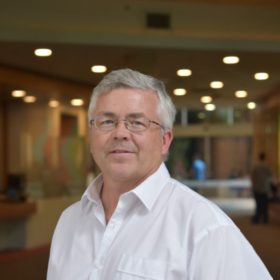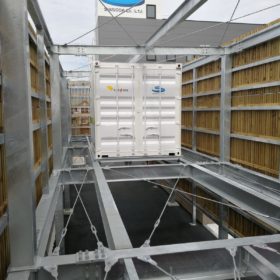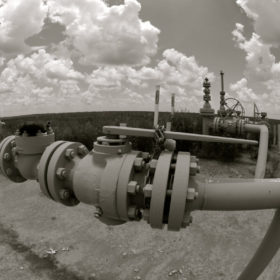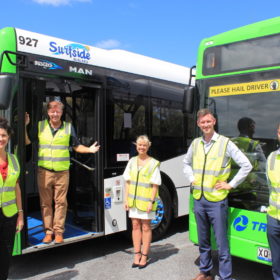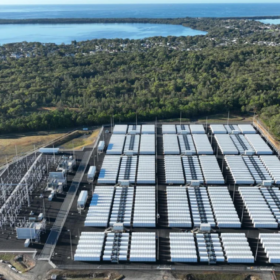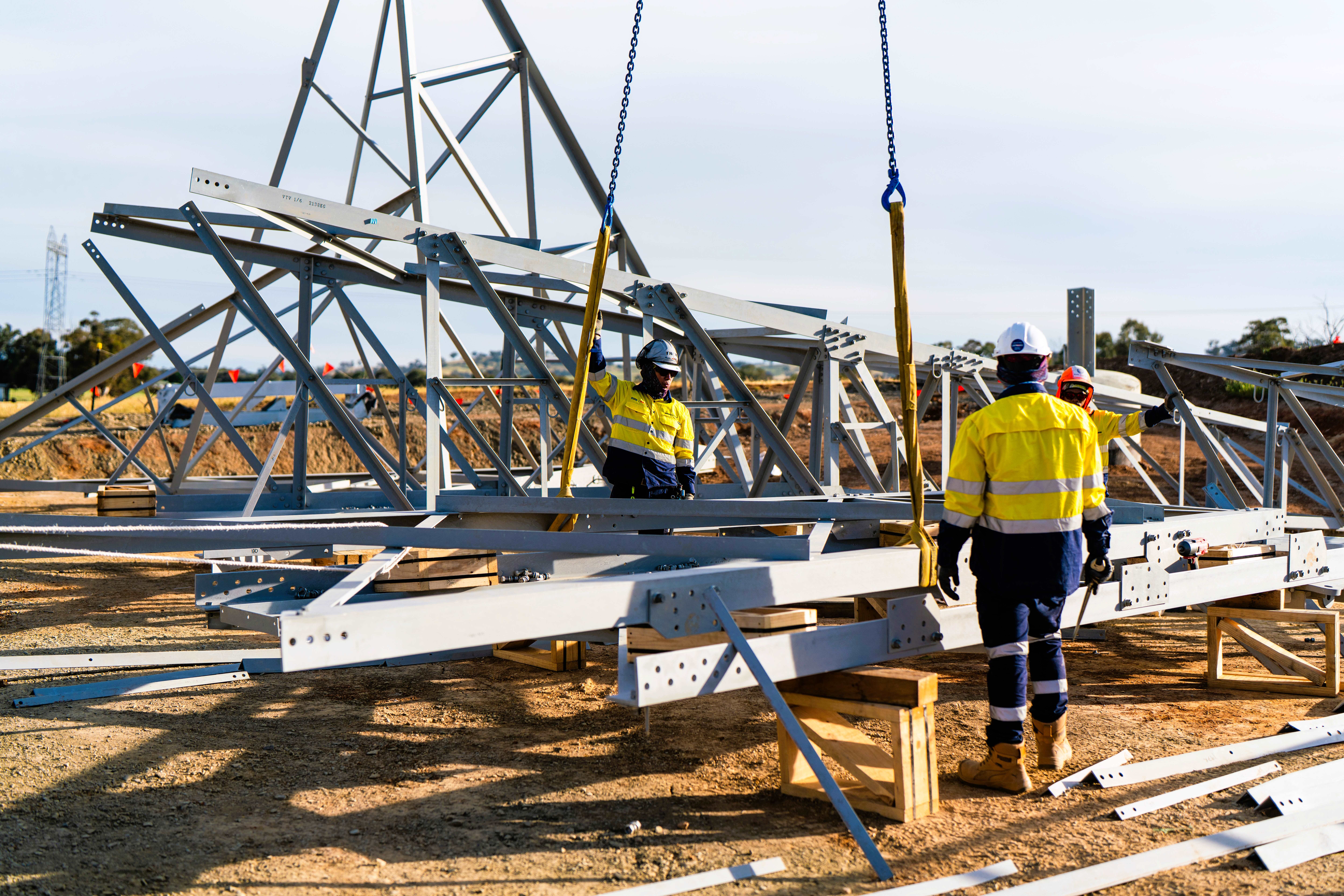Fortescue eyes 1 GW solar PV module manufacturing plant
Fortescue Future Industries has revealed plans to develop a 1 GW solar PV module manufacturing plant in Australia after confirming it had acquired a 60% stake in Netherlands-based renewable energy specialists High yield Energy Technologies Group.
Doping delivers improved performance for perovskite solar cells
With some of the world’s largest solar PV module manufacturers warning of looming panel shortages, Australian researchers have declared a new generation of cheap, sustainable and efficient solar cells is now a step closer.
City council powers ahead with 4 MW virtual power network
Victoria’s Hobsons Bay City Council is powering ahead with plans to establish a virtual power plant, confirming the installation of a combined 4 MW rooftop solar PV system across more than 40 council-owned buildings has begun in earnest.
Vanadium redox flow batteries with purported LCOS of $0.10/kWh
Singapore-based VFlowTech has secured funds to scale up manufacturing of its vanadium redox flow batteries. The company currently offers three modular products that can be scaled to multi-megawatt-hour systems.
Blue hydrogen and blended pipelines: the prospects of a like-for-like transition
On Monday, an Australian–Japanese consortium announced plans to potentially develop a $1 billion plus ‘low emissions’ hydrogen project in Western Australia. The announcement was preceded by a year of gas companies loudly declaring schemes to blend hydrogen into their pipelines. Clearly, many powerful Australian are putting their money on a like-for-like transition. pv magazine Australia spoke to hydrogen experts Andrew Horvath and Scott Hamilton about how they see the hydrogen wave evolving, and why a clean swap is unlikely.
‘Carbon negative’ hydrogen & ammonia hub plan partially unveiled for Bundaberg
Plans for a $400 million green hydrogen and ammonia hub in Bundaberg on Queensland’s coast were partially released on Tuesday, with Clean Holdings’ chief executive Ken Mathews telling pv magazine Australia another major project partner is to be announced shortly. As it stands, the project will use hydrogen technology from the newly minted CAC-H2 to gasify agricultural waste from the region and separate out the hydrogen in a process the company’s energy CEO described to pv magazine Australia as “greener than green”.
More solar records broken
On Sunday, Australia set a new record for minimum operational demand, with the national grid dipping below 14 GW. Renewables met 55% of that, while rooftop solar accounted for 34%.
Households could save $5,443 a year and a third of national emissions by electrifying, report says
Converting all home appliances and cars to run on electricity could save Australian households $40 billion a year by 2028, according to a new report from thinktank Rewiring Australia, the work of Australian-American entrepreneur Saul Griffith.
Melbourne’s bus fleet to electrify from next year in $2.3 billion contract
Melbourne-based public transport company Kinetic has been awarded a $2.3 billion contract by the Victorian government to replace more than half the city’s fleet with low or zero-emissions vehicles by 2031.
This summer be prepared for hail damaged solar panels
Last year, a day after Halloween, I saw firsthand the result of the most hectic hailstorm I’ve ever endured. Springfield Lakes, Greenbank and a few surrounding Brisbane suburbs got absolutely smoked. It was reported in February that the damage bill had reached at least $805 million. More recent reports have estimated it to be over $1 billion.

